Anything in this world, especially sports, has effects on our body.
With that said, scuba diving has also affected our bodies.
The moment we start learning to dive is like a rainbow and sunshine. Most of the divers are aware of the immediate risk of scuba diving.
However, because of the all-inclusive presentation to expanded weight underwater, there are some long effects of Scuba diving on our body.
Here we will share with you some of the effects of scuba diving on the body. So, without further ado, let’s get started.

Effects of Scuba Diving on The Body
Ears and Sinuses

Inside your head and skull bone are air spaces, sinuses inside the bone itself, and air pockets in the ear canal. As you drop in the water, water pressure crushes the air in these spaces, causing a sentiment of weight and agony in your mind and ears.
It would be best if you levelled the weight in these spaces by different techniques, for example, shutting your nose and tenderly cleaning out your nose.
If that appropriately equalized, your sinuses can withstand the expanded pressure without any issues.
In any case, sinus blockage brought about by cool, influenza or hypersensitivities will impede your capacity to even out the weight and may bring about harm to your eardrum.
Hypothermia
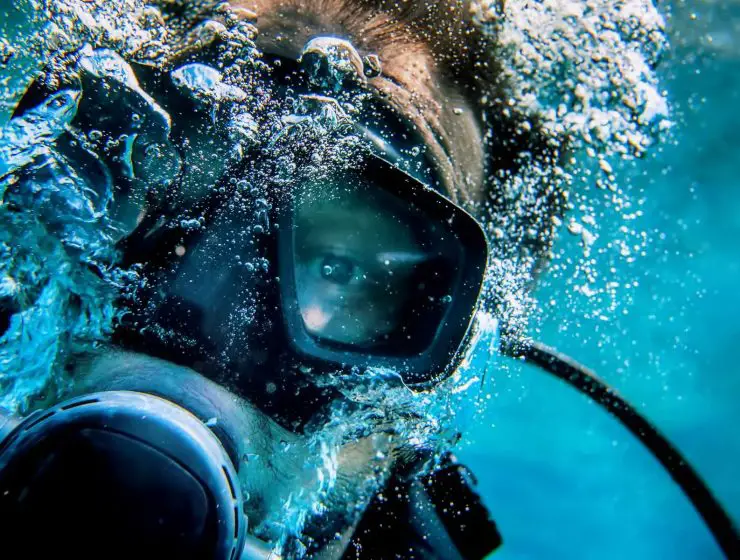
A water temperature underneath the internal heat level draws heat from the body. It is imperative to have appropriate warm protection, wet or dry suits, to stay away from hypothermia. It is very important to know the difference between wet and dry suit before diving to save yourself from hypothermia.
Shuddering is your body’s reaction bringing down internal heat level and one of the starting indications of hypothermia; you should end your dive if you start to shudder.
Other Risks
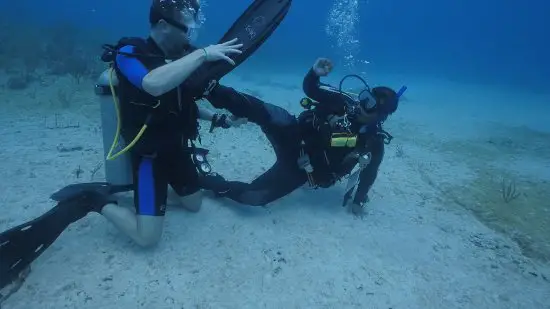
Expanded physical exercise underwater can prompt exhaustion, lack of hydration, and intestinal or skeletal muscle cramps; divers ought to know about their physical cutoff points and not push their limits.
While there are numerous dangers engaged with scuba diving, new divers can limit the risks through appropriate training and instructions. Open Water Certification programs underline diving physiology, safe diving, and diving hazards. A trained diver can enjoy their watersports safely and secure with no health risks.
Dangers of Scuba Diving
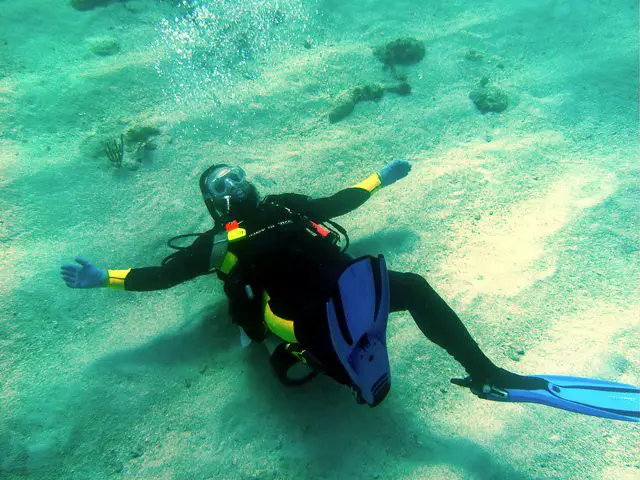
Drowning
This is really the most risk to the extent of fatalities, even though you ordinarily hear increasingly about DCS cases.
Drowning ordinarily happens because of diver panic or a diver getting oblivious because of other, non-diver related medical issues.
Diver panic can happen due to an out-of-air circumstance or other crisis. Legitimate preparation and the pal framework can go far in forestalling diving alarm and, in this way, drowning.
When to dive?
You should not dive, except if you have a physician’s approval. You ought to counsel a doctor with information on diving medication if you have any cardiovascular or respiratory conditions or whatever other condition that may influence your diving.
At the point when you get your dive certification, you will be given a medical checklist. You must be straightforward on this rundown; not the entirety of the things will keep you from having the option to dive, and it’s essential to talk about any of these with your dive instructor.
Barotrauma
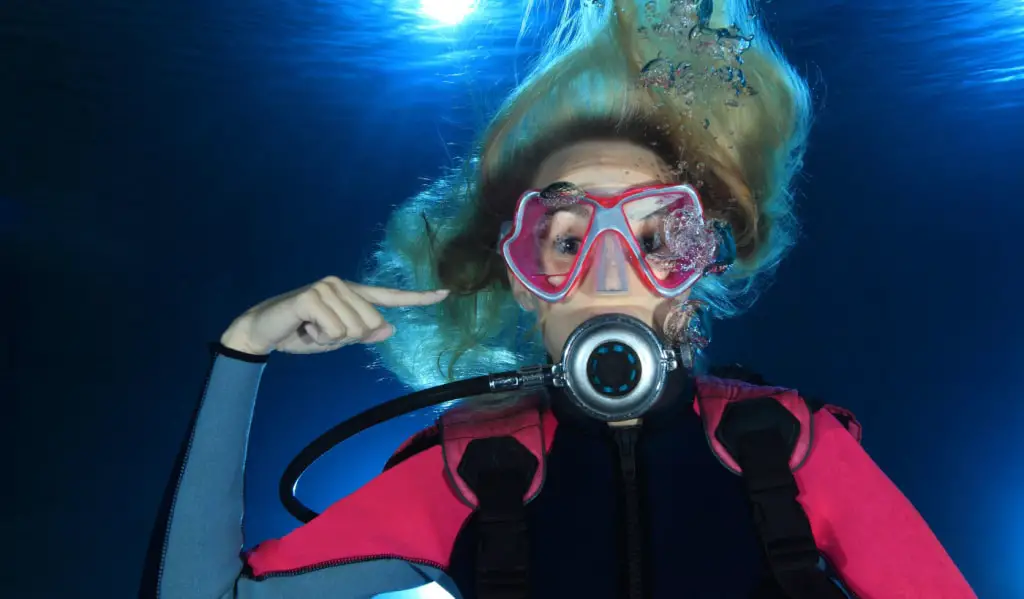
Barotrauma is brought about by the harm done by pressing the air pocket in the centre ear.
Divers “equalize” their ears during diving by squeezing their nose shut and blowing by swallowing and chewing to drive more air into the centre ear.
Nonetheless, a too fast drop can defeat a diver’s capacity to balance and result in serious pain and even injury to the centre ear.
Decompression Sickness

Regularly called “the bends,” decompression ailment is brought about by expanded underwater compel making the body’s tissues assimilate more nitrogen.
If that weight is out of nowhere diminished, this additional nitrogen frames conceivably hurtful air pockets. Divers must come back to the surface in painstakingly checked stages.
Generally, following the speed of their air bubbles, to control the rate at which this assimilated nitrogen is discharged.
Contingent upon the measure of nitrogen consumed and the rate at which it was discharged, an instance of the twists can run from hurting joints or a skin rash to loss of motion and demise.
DCS is likely the most generally discussed diving-related injury. At the point when you inhale packed air at depth, your body tissues will ingest additional nitrogen.
At the point when you reemerge, if your tissues have retained an excess of nitrogen, the decrease in weight can make that nitrogen make nitrogen rises inside your tissues.
More info?
This is decompression sickness, or the ‘’bends’‘. It causes pain, and, if untreated, it goes on the nerve and other tissue harm. As well as even death.
Generally, DCS is preventable via cautiously following dive PCs and tables, appropriately ascending at a moderate rate, and performing the standard safety stop properly.
However, there are a ton of components that add to DCS, including the ff;
- Lack of hydration or dehydration.
- Physical wellness.
- The measure of the rest.
- Liquor or alcohol
- Drug use.
- Stress.
It would help if you dived well within your limit as far as possible as you learn in your training; and that you take great consideration of your body to prevent DCS.
You should not accept you are insusceptible just because you followed your tables or dive PC. If you start to feel DCS symptoms, you should pay attention to it and get treatment immediately.
Blood Vessel Air Embolism
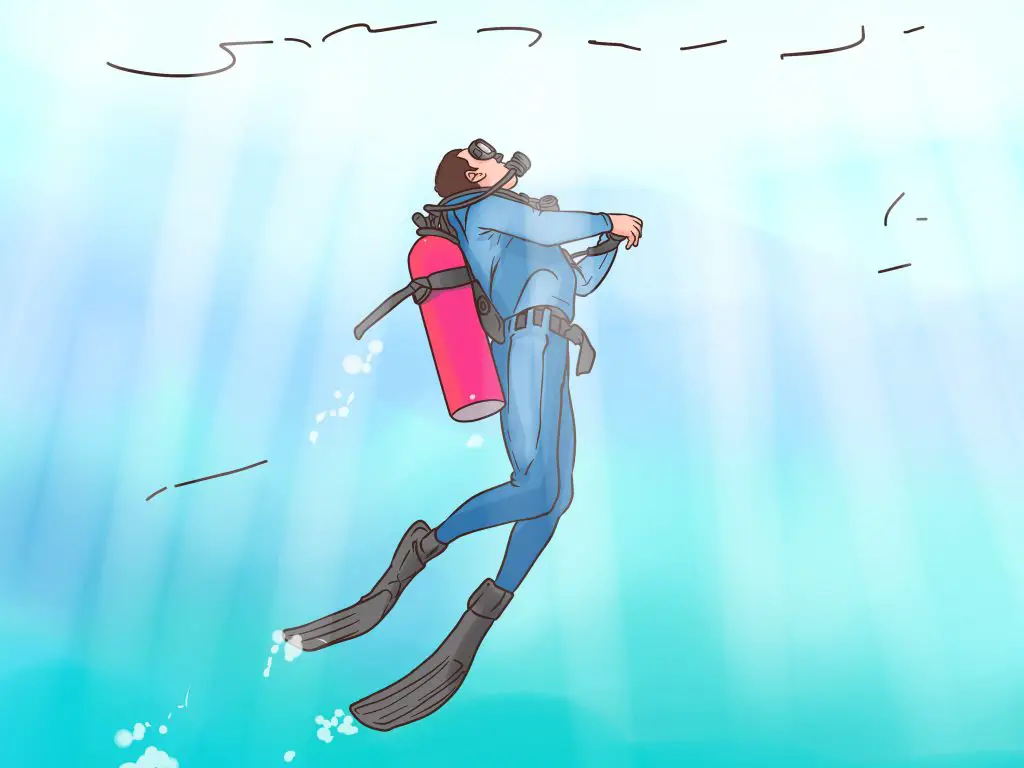
A blood vessel embolism is a blockage of a conduit. This can happen to a diver when air pockets structure in a vein on the ascent and the blood-stream.
As a rule, this is the consequence of aspiratory barotrauma, or harm to the lungs because of contrasts in the surrounding pressure and the lungs’ weight.
For instance, if a diver holds their breath while ascending, the air inside the lungs will grow and can cause serious or even lethal harm to the lungs.
This is rare yet preventable through safety diving and proper training.
Nitrogen Narcosis
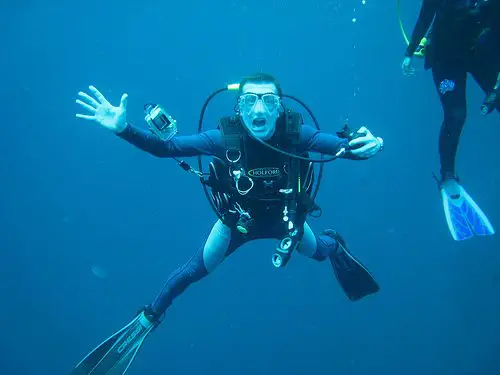
Nitrogen narcosis is an inclination of inebriation or energy that divers feel at deeper depths, normally around 80-100 feet in saltwater.
While not directly harming or damaging, nitrogen narcosis causes the transitory decrease in;
- Reasoning
- Decision making
- Motor coordination
This can prompt poor choices by the diver, bringing about DCS or different issues. Nitrogen narcosis is one reason that diving above 60 feet requires another training after the first certification.
Another nitrogen-related threat is the narcotic effect of such additional nitrogen in the body. Any individual who has had nitrous-oxide gas at the dentist is now acquainted with this impact or effect.
Nitrogen narcosis is a risk since it debilitates judgment and tactile observation.
Similarly, as with the bends, the level of nitrogen narcosis is identified with how a deeper diver goes and how a lot of nitrogen they assimilate or absorb.
Oxygen Toxicity
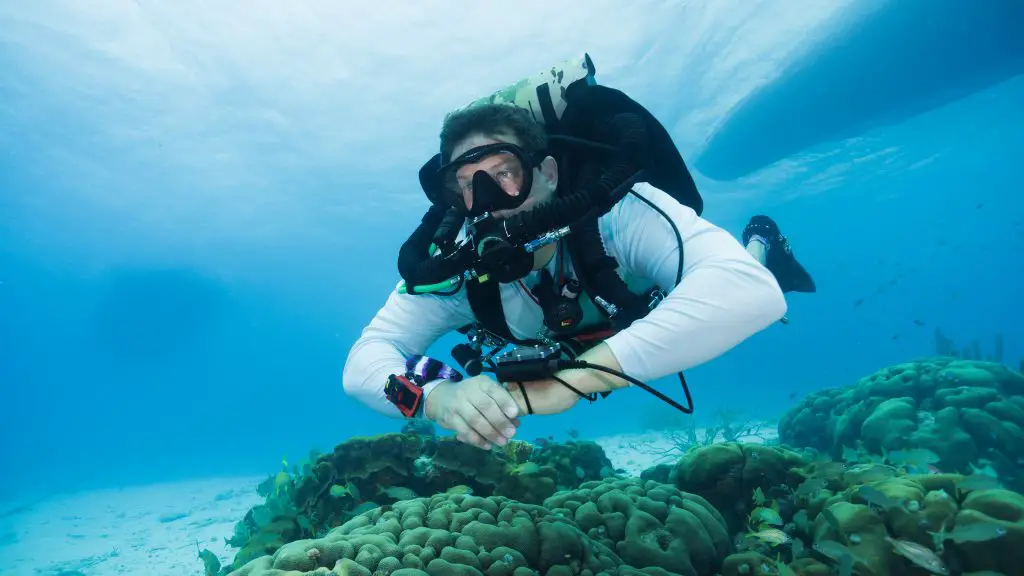
Oxygen toxicity is normally an issue just experienced by depth divers who go beneath 135 feet. Like nitrogen, the body ingests additional oxygen under expanded underwater tension also.
This isn’t an issue for most divers, yet at extraordinary depth, so much additional oxygen is consumed that this nurturing gas gets poisonous. The effect is such of the ff,
- Sickness
- Nausea
- Twitching
- Tunnel Vision
- Seizure
- Loss of Consciousness.
Pneumonic Embolism
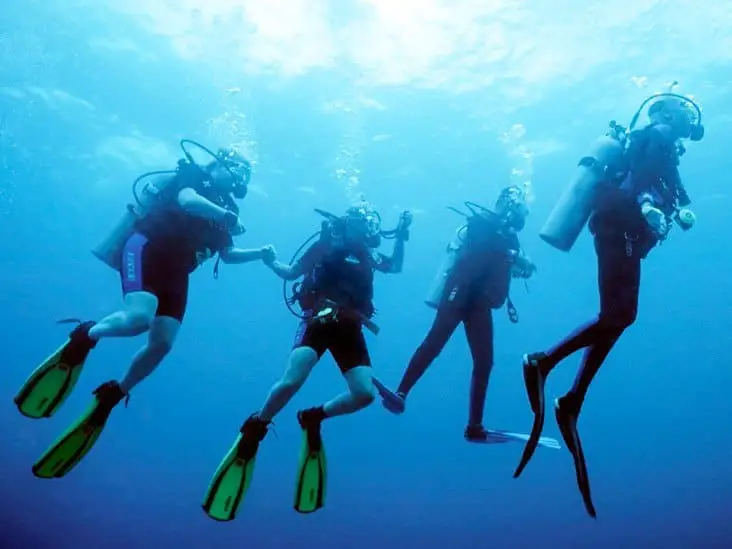
Another risk encounter of a diver who quickly rises to the surface is a pneumonic embolism.
The undersea surrounding’s increased pressure brings about the gas a diver inhales getting denser, as more gas is packed into a similar space under tension.
The gas held in the lungs will grow at a similar rate that the body’s pressure is decreased or reduced, so a fast-rising can make the lungs expand and even pop like an inflatable.
Scuba divers guard against pneumonic embolism by making moderate, controlled risings to the surface and never holding their breath.
Ocean Life
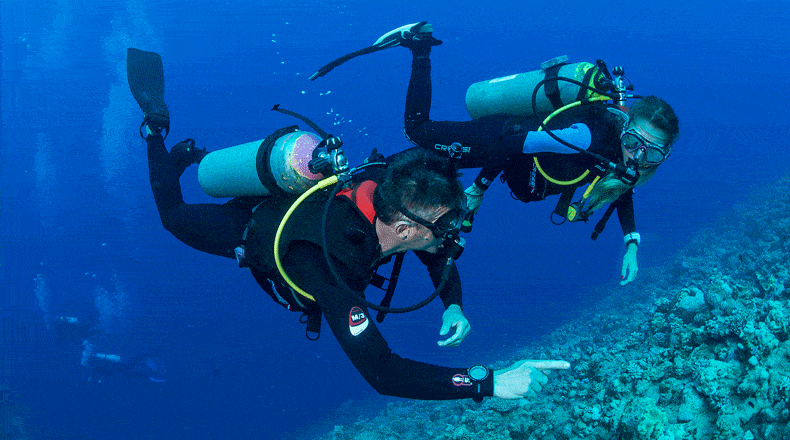
Divers should always remember that each dive is what might be compared to entering an untamed wild.
While most ocean animals are not dangerous towards divers and assaults are incredibly rare, occurrences do occur, and a diver can’t stand to forget that wild creatures encompass her.
Come to think of what happened to the famed TV natural life have “Crocodile Hunter” Steve Irwin was executed in 2006 when he was stung through the chest by a stingray. Now and then experienced and usually innocuous ocean animal.
Divers should never have contact or touch an undersea creature, including those corals. This isn’t simply to protect the diver from injury, yet to secure the ocean life.
Defective Equipment

Numerous scuba divers don’t own their equipment and are dependent on renting or leasing gear from the scuba diving centres directing their diving trips.
A messed-up depth check could prompt a gentle instance of decompression sickness, while a defective regulator cause drowning. A diver should completely check their diving equipment each time they use it.
Regardless of whether it is their own equipment, gear, or rental. It’s never a bad idea to request another bit of gears. If they presume something isn’t right with what they have.
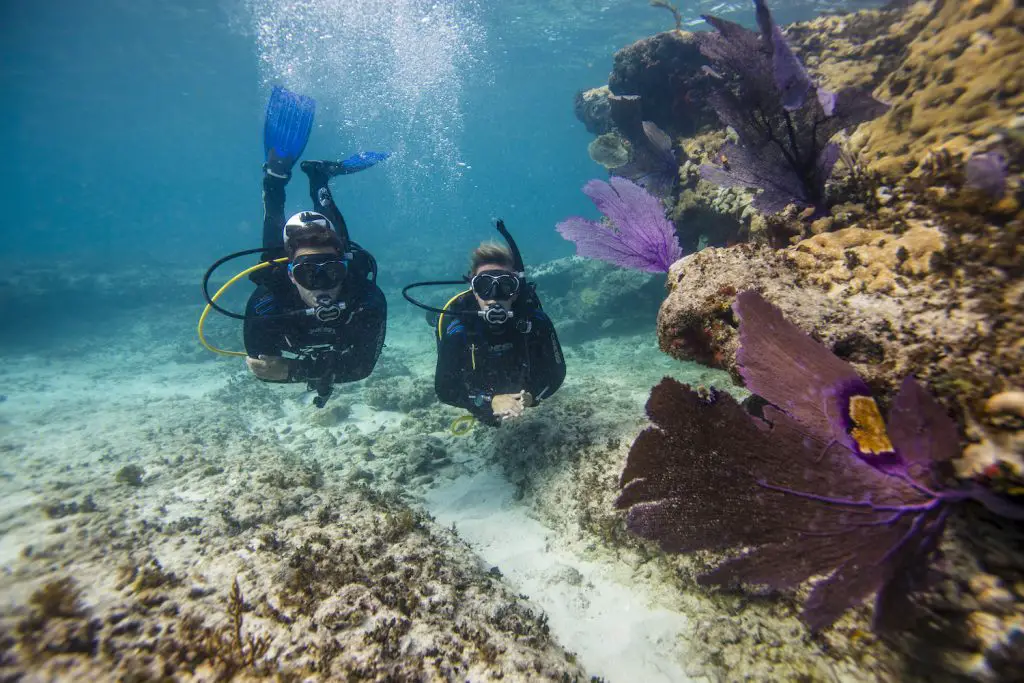
Learn diving properly
Scuba diving includes some intrinsic dangers, and due to these dangers, it requires training. The truth is, ethical dive shops won’t sell or lease, rent gear to somebody who doesn’t hold a certification from a perceived agency.
At the point when you show up at a dive centres shop to go on a diver, they will expect you to show your certification card and, periodically, a log demonstrating what number of diving you have completed.
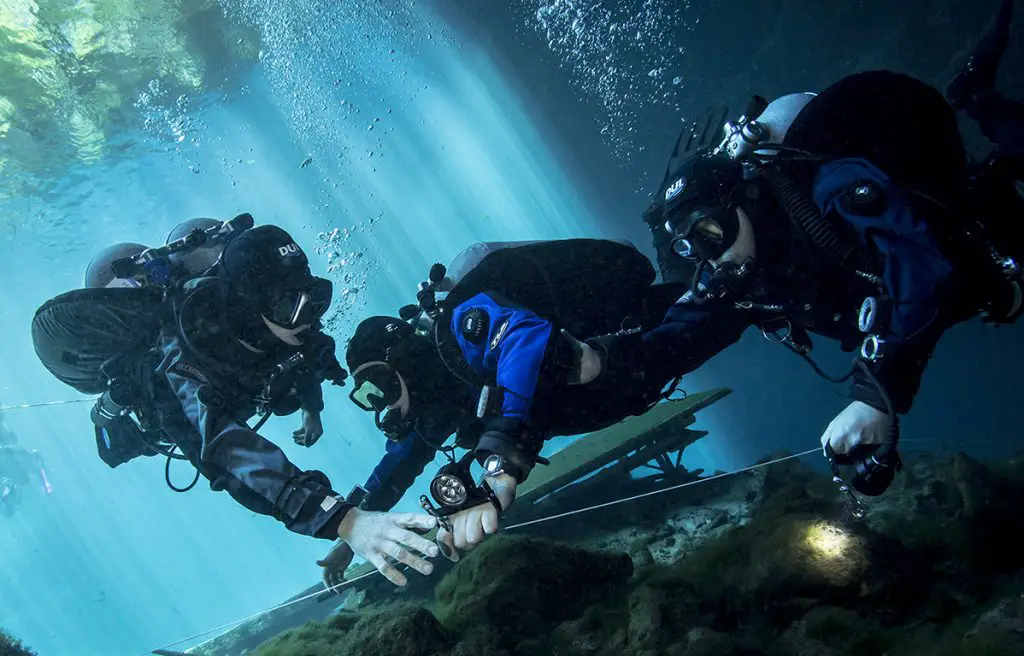
So, how would you get this certification?
Most dive activities give guidance, utilizing an educational program created by one of the best-certified agencies like, of course, The Professional Association of Diving Instructors (PADI).
For an expense of around 12 000 THB to 20 000 THB, contingent upon the area and whether your certifications are incorporated, you will get;
- Pool Training
- Class Training
The certification can be used in any place on the planet and never lapses. Even though it’s suggested that you take a short ‘’refresher” course if it’s been over a half year since your last dive.
When you’ve exhibited to your instructor that you have a grip on the pool’s basics, you will plan your certification dive.
How many dive requires?
As a rule, this is four or five dives; PADI requires four dives in addition to and discretionary freediving experience (swimming). That’s if you live in a mild atmosphere.
You might need to consider training with a dive instructor that will let you do your certification dives “referral dives”. This permits you to do all your pool time and classroom in your home zone, yet your certification makes a dive a progressively outlandish or exotic area. Learning properly how to dive into a respectable diving community is important. So, you can turn into a certified diver.
How long does it take to get PADI certified? Check here.
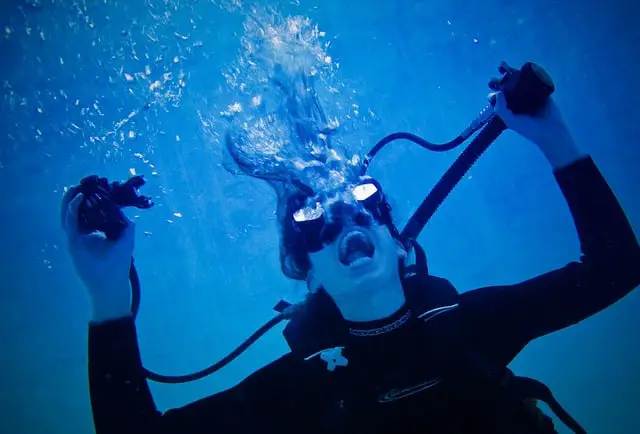
Final Words:
People always have the option to adapt to every kind of unique surroundings which the planet earth offers.
Given that our planet has undeniably more space secured by water than land, it isn’t astonishing that we can explore underwater using the right devices and tools.
Having the option to explore the underwater world requires specific training and equipment.
With that said, divers with thousands of dives added to their repertoire haven’t given symptoms and signs of side effects of longer-term effects.
Just dive safe, regarding the seriousness of decompression and the unnatural conditions you put your body through when diving. The long-term effect could remain distant possibilities and not for the realities.
